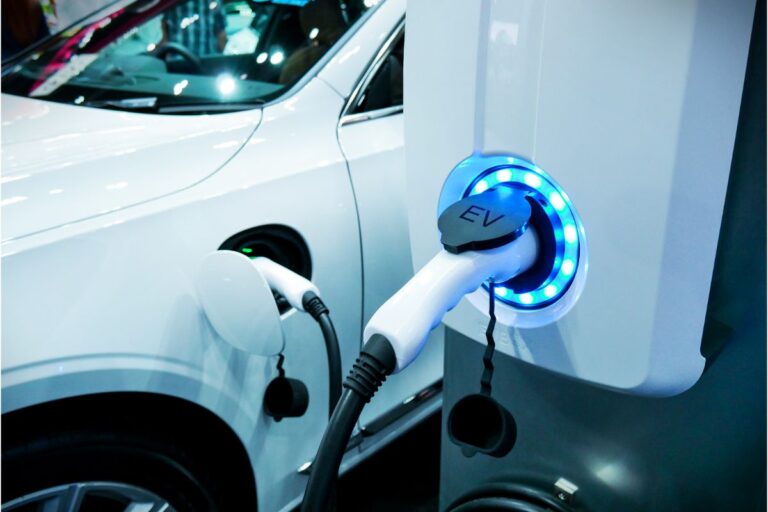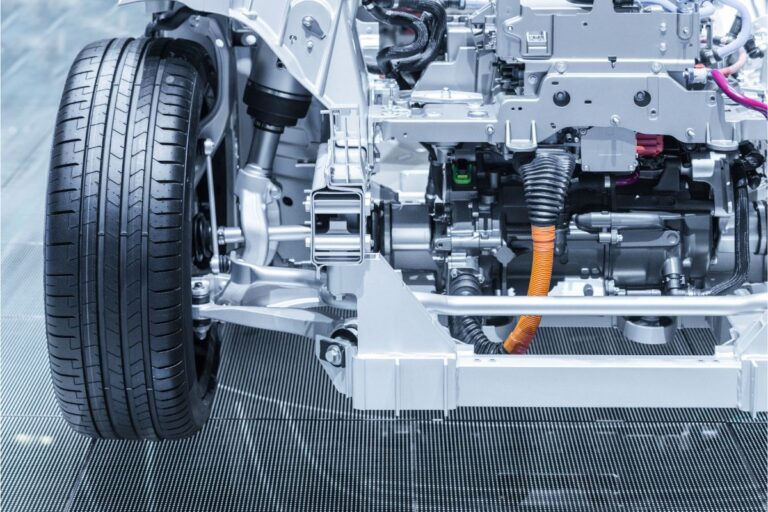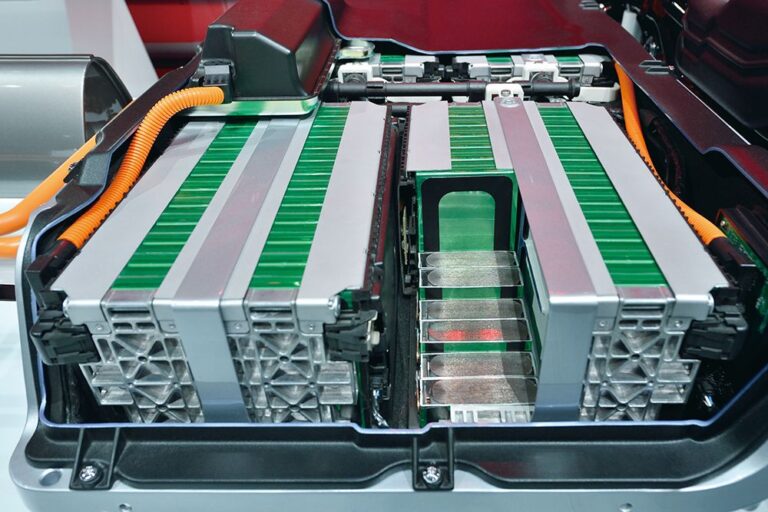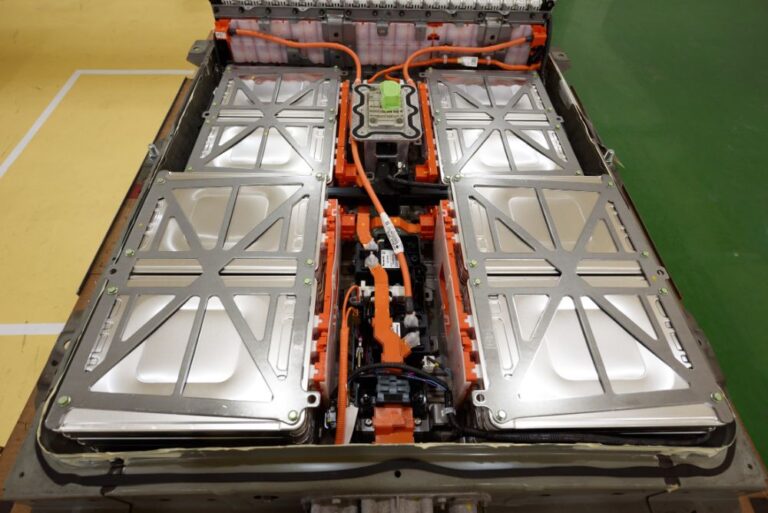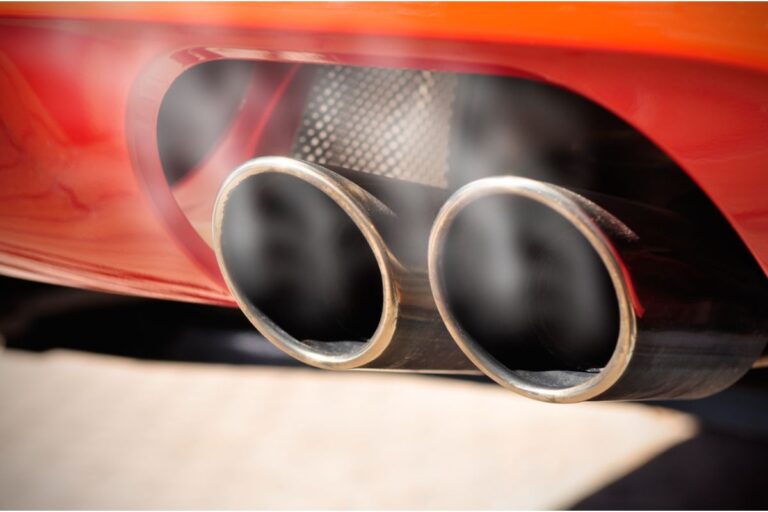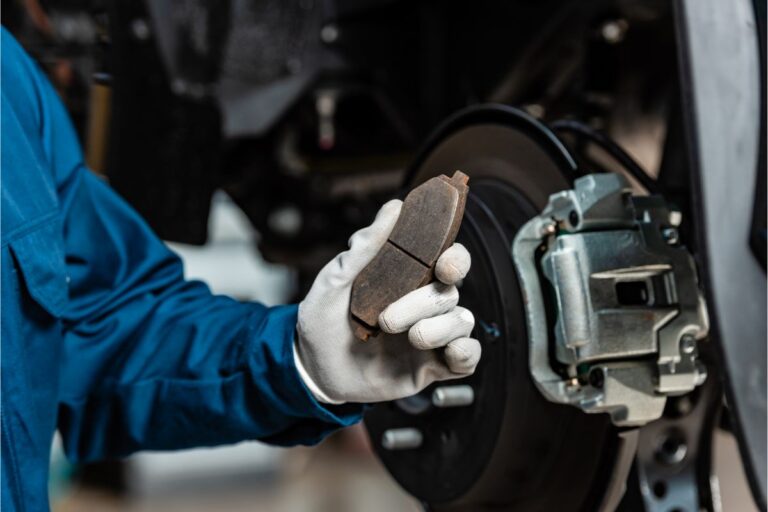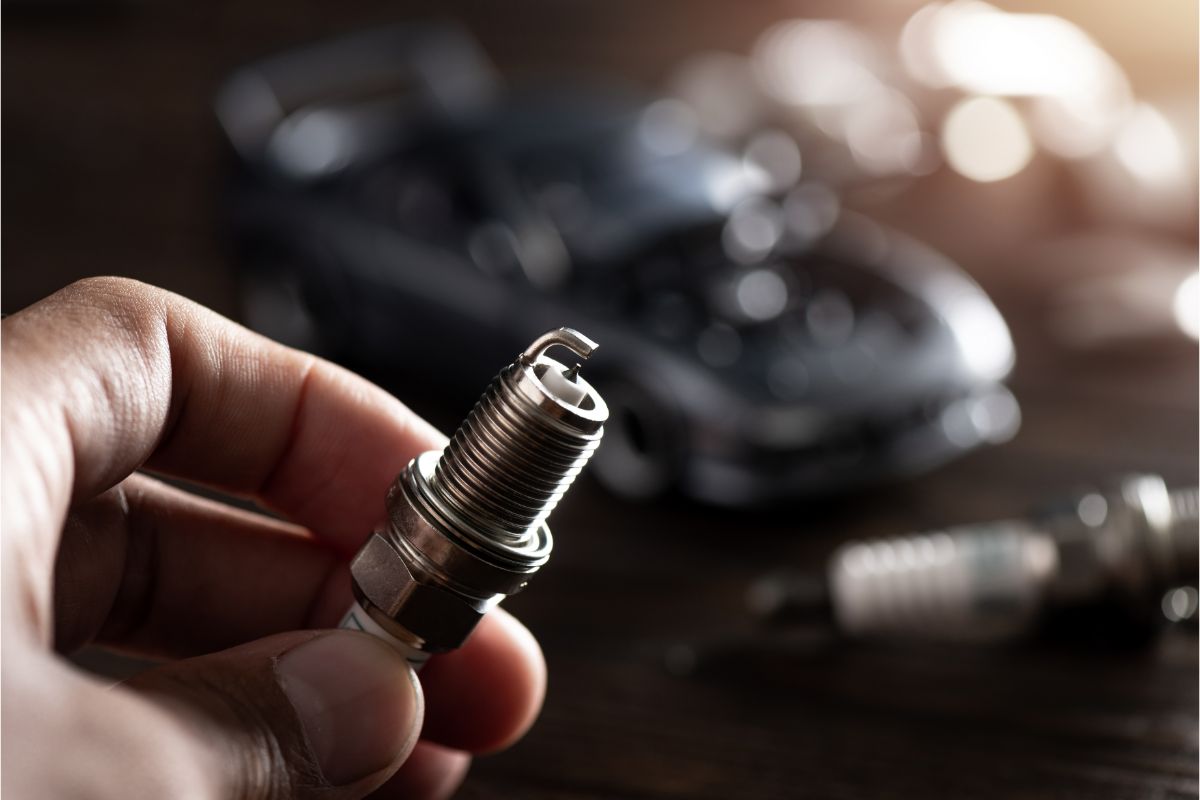
Most cars have one spark plug per cylinder, but some have two spark plugs for each cylinder. Why is that? I wondered.
Standard Spark Plug Amounts
Most vehicles have four, six or eight spark plugs according to how many cylinders they have. Their main function is usually to start your vehicle, maintain power to drive, accelerate and send electrical currents to your battery. The standard amount of spark plugs promotes fuel efficiency and keeps the car running smoothly.
Related: How Many Spark Plugs Does a Diesel Have?
Reasons for Dual Spark Plugs on Some Cars
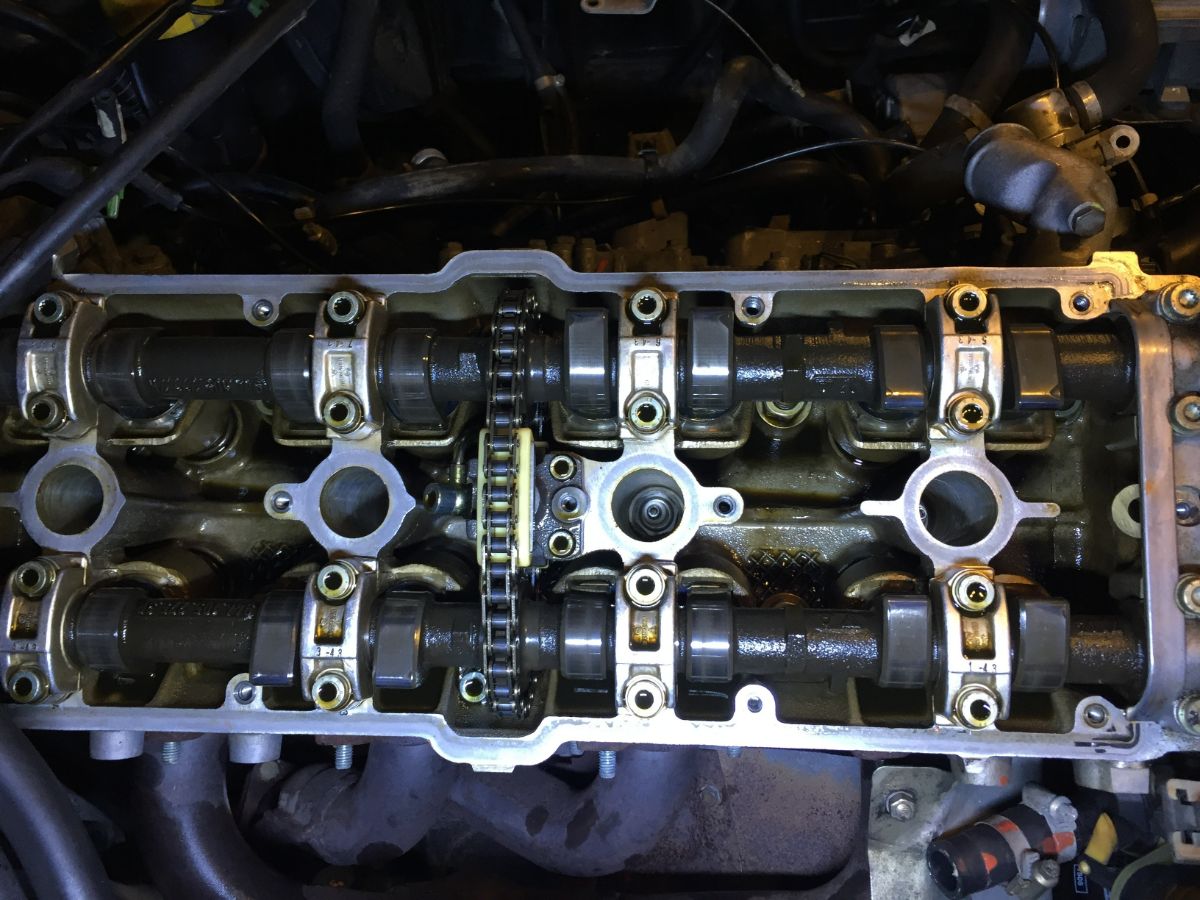
The most useful information I found was in a conversation I can’t really make public because I don’t have permission. You’ll still get the idea of what I mean concerning “dual spark plugs on cars” from this story though.
A user in a private forum mentioned learning how to fix a vehicle and asked why it had so many spark plugs. Instead of four, this person’s vehicle has eight.
Someone responded, saying that all plugs have the same purpose. However, a few manufacturers added more plugs to engines to optimize fuel economy.
Another forum user specified that the four spark plugs on the driver’s side are ignition spark plugs. On the passenger side, those four spark plugs are meant to ignite combustibles in the exhaust instead of the chambers where firing normally occurs.
You could argue that upgrading your spark plugs will shorten the amount of time it takes to reach maximum speed. It’s debatable, however, how effective adding additional spark plugs is.
Some luxury cars, such as the Mercedes V12, have dual spark plugs though. Drivers and professionals seem to swear to having two spark plugs per cylinder.
What are spark plugs normally used for?
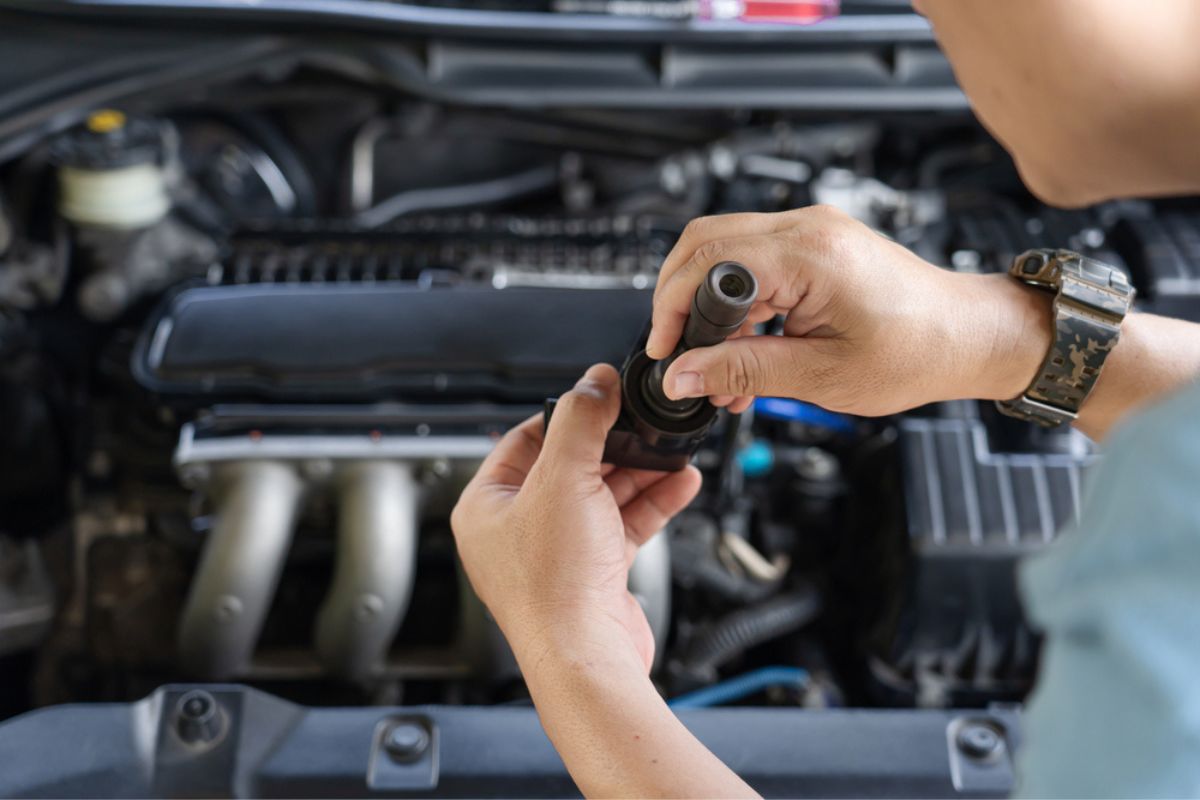
Your vehicle needs spark plugs to activate the ignition process. This produces the power that starts your engine as the air and fuel mixture flows into each cylinder.
After air and water mix, that’s when the spark occurs, which combusts your engine. It’s also when your plugs continue to channel electricity through your engine.
Spark plugs do not all have a universal purpose though.
“Spark plugs come in different sizes with different gaps and are manufactured using a variety of metals. Finding the ones that you need can be difficult,” says a DIY Service Parts expert.
Make sure you compare the new plugs with the ones you have in your vehicle now. That’s the best way to confirm you have an exact replacement match.
If you’re not sure, take an example plug into your dealer or a mechanic you trust. That professional will tell you which brand, type, material or purpose of the plug you need for your engine. Otherwise, you could possibly send a photo to an online seller to verify the plugs you notice in their stock are right for your vehicle.
Related: Where Are Spark Plugs Located in Vehicles?
What are the different types of spark plugs?
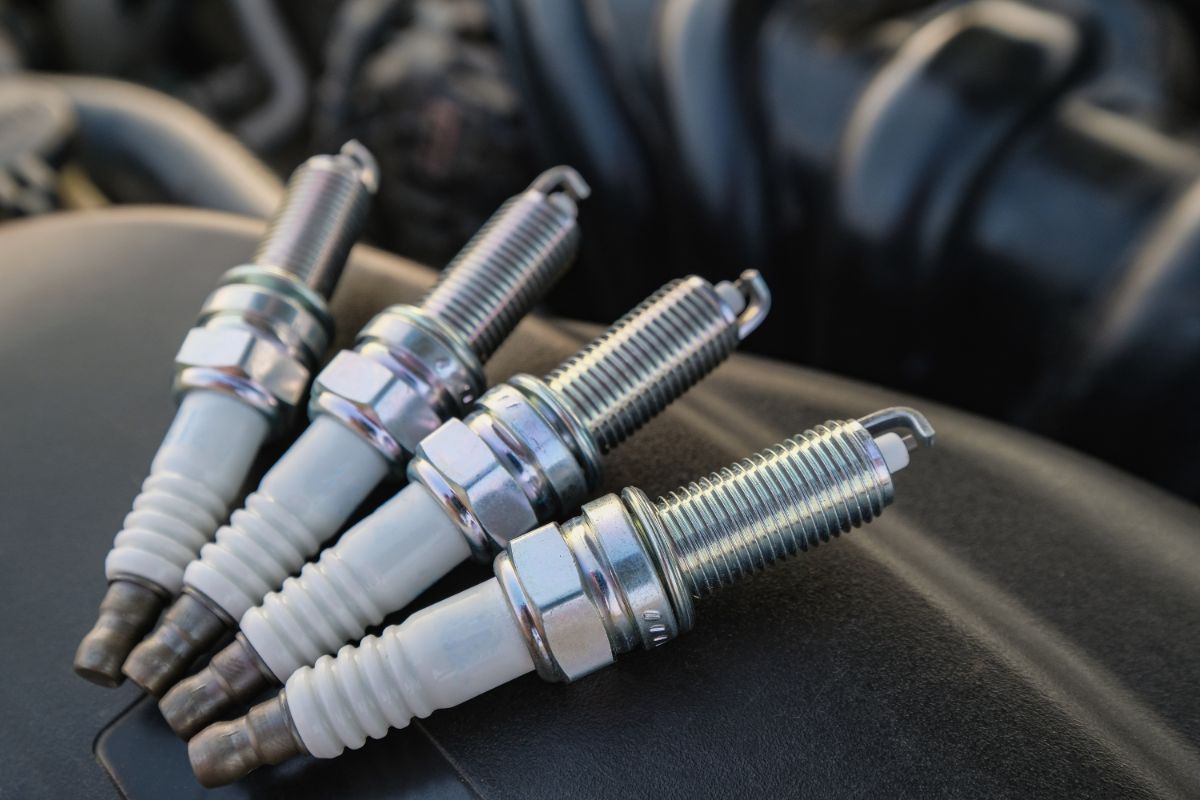
Different types of spark plugs come in different gap settings to match with your car’s engine. You can find plugs meant for standard operation, while others are intended for improving engine performance.
What materials are spark plugs made of?
Materials used to make spark plugs are usually copper, platinum or Iridium. Copper spark plugs conduct electricity well, but they may not last as long as the platinum ones.
Oftentimes, the double platinum ones allow electricity to move in both directions without excess wear and tear. This retains the life of the plugs, as the plugs’ “spark” transfers between the center and side electrodes.
Iridium is often preferred over copper or platinum. I found out it has an excellent firing efficiency rating.
Can I use a different type of spark plug?
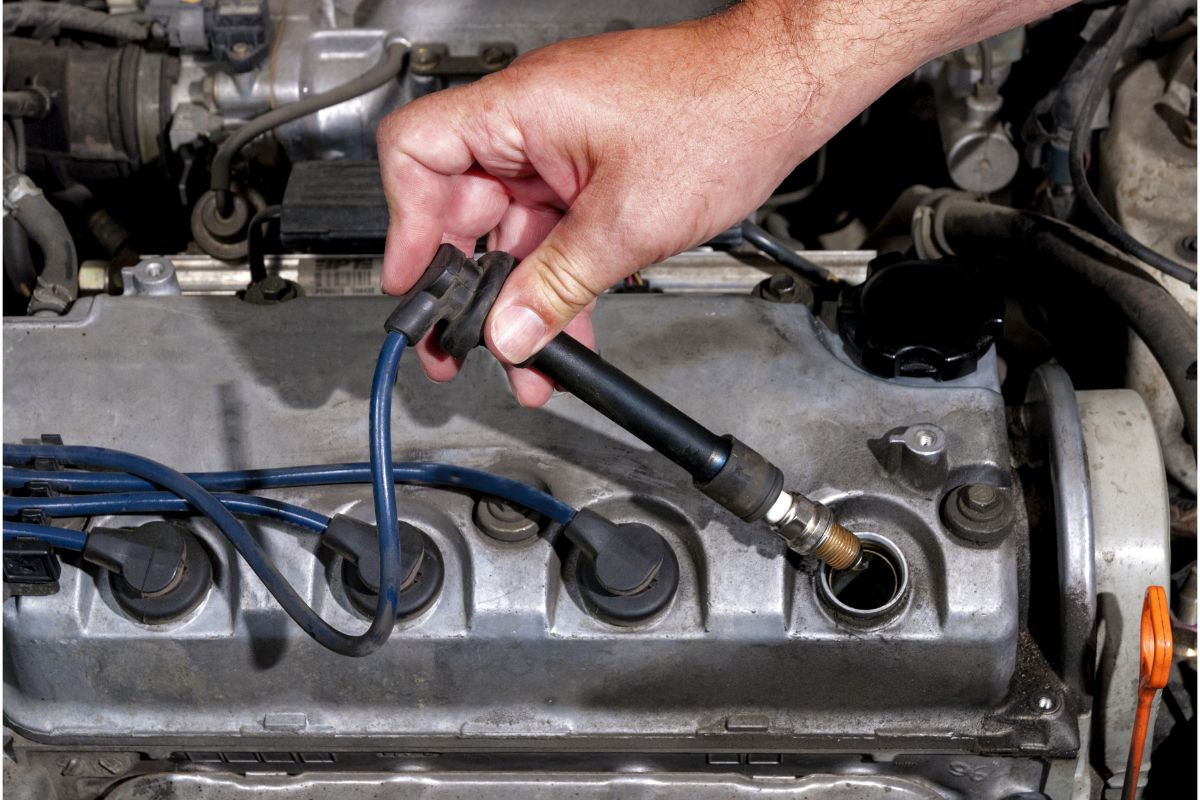
If you’re past the point of wondering how many spark plugs your vehicle needs, I don’t recommend using a different type of spark plug. It should be the exact kind you have in your car now, unless you plan to upgrade.
What is the best material for spark plugs?
I’ve heard that the iridium ones seem to have the longest lifespan. It’s possible to improve your vehicle’s performance if you switch to them. However, I’ve been told that if you already have iridium plugs not to switch to platinum.
Iridium plugs apparently have a much higher melting point. They also apparently have a reputation for their durability. The platinum, on the other hand, may come with an iridium tip to improve its performance.
You also need to know that as much as copper conducts electricity – and it’s probably the best metal in the world for that – it unfortunately doesn’t seem to last as long as platinum or iridium. However, if you’re set on platinum plugs, I suggest double instead of single platinum.
Do I need all my spark plugs?
You may get away with driving around with bad spark plugs for a while. However, you generally need a minimum of one per cylinder. If you don’t, it could result in acceleration problems, loss of power or stalling. This can even happen with one bad spark plug, let alone if all of them need changing.

